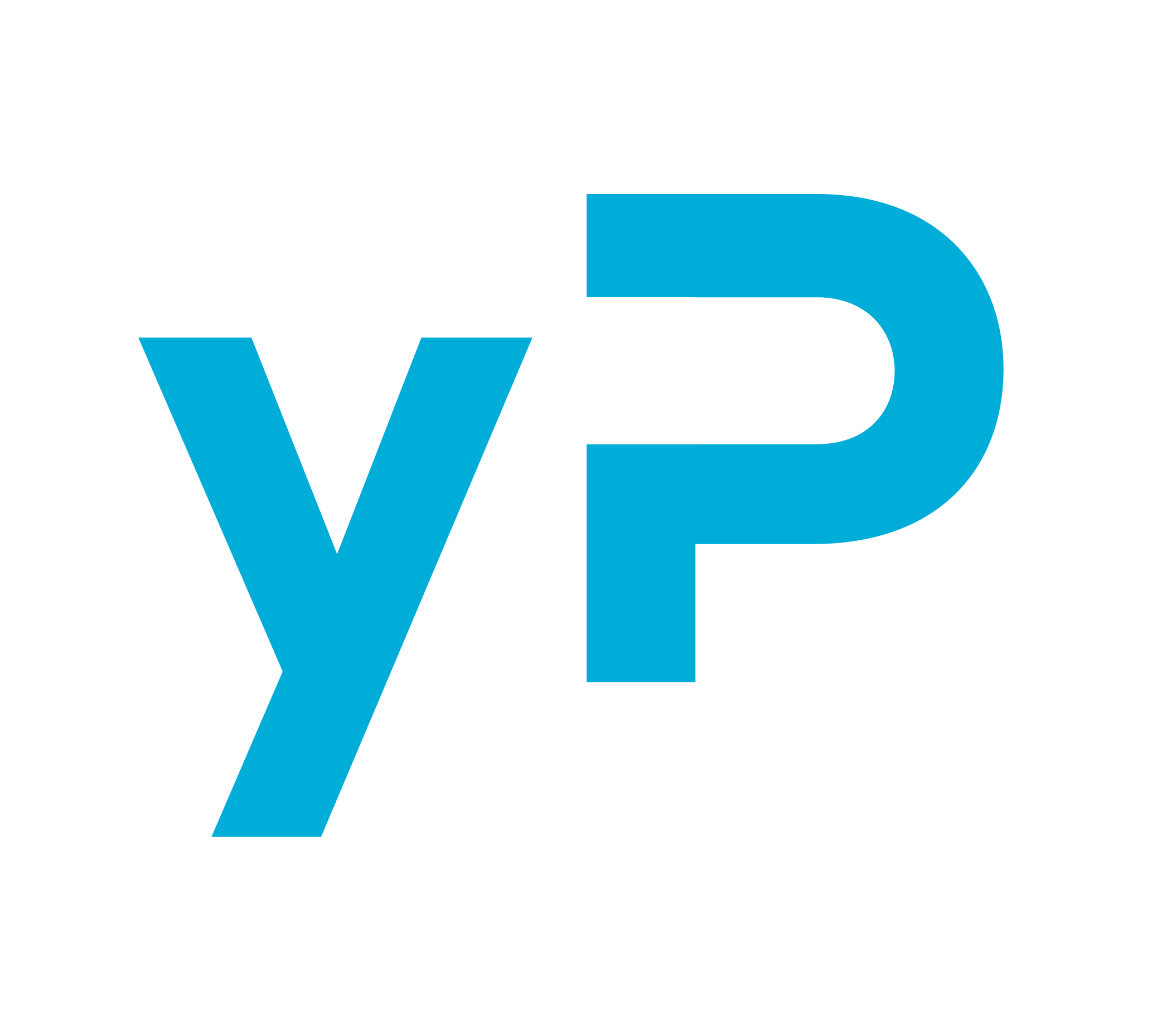Price management: the key when selecting hotel technology

Price management in PMS and Channel Manager: Why is it a key factor when selecting the right solution for your facility while entering 2020
by Paweł Rytel
Effective hotel revenue management is a challenge hotels all over the world are currently trying to meet. It is a given that, as it is in the case of distribution issues, issues with revenue optimization can only be solved by the use of modern IT technologies. They provide fantastic flexibility and nearly completely automate the entire process. But a precondition to achieve this effect is to organise the system infrastructure accordingly.
It might seem that, from the perspective of a hotel manager, the greatest challenge in today’s world is to tame the multi-channel distribution. While constantly growing online sales translate into occupancy levels, booking incoming from multiple sources, their modifications or cancellations can cause some serious problems to the reception staff. Tackling these challenges without well-integrated and properly suited tools is near to impossible, and most definitely not effective. Bearing in mind the above, many hoteliers invest nowadays into modern IT infrastructure built around a central Property Management System. If well coupled with Channel Manager and Revenue Management System, it facilitates smooth distribution and automates the tasks of the reception staff. While most recent PMSs redefine the sales processes for hotel services and revolutionize the functioning of hotel front desk, they lack extensive modules for hotel revenue management. Importantly, this exact issue is currently considered to be the main challenge and key point of attention in the industry.
How do hotels optimize their revenue?
In the recent years, hotel revenue management has become a common subject of discussions and meetings. Various techniques to maximize revenue are being applied by a growing number of hotels – both chains and small, private facilities. Using dynamic rate strategies in today’s reality works for the benefit of a facility. Why is that? Today, using pricing policy that can be seen as disconnected from market reality is more difficult than ever before. In the times of universal access to the internet and constantly growing awareness on the part of the customers, access to the information on rooms prices in multiple facilities at the same time has also become universal. On one hand, high transparency helps in customers’ decision-making, on the other, it dooms hoteliers to failure if they apply pricing policies essentially different to the market tendencies, and not necessarily too high, but often simply too low prices. In the view of the above, room prices can work both as a trigger to hotel’s financial problems and a factor of their competitive advantage resulting in dynamic rise in hotel’s revenue.
Dynamic pricing strategies, i.e. strategies that forecast the changes to the price in time, based on clashing supply and demand factors and a well-planned budget and revenue segmentation are currently used by vast majority of hoteliers. Yet, it is still not uncommon for facilities to have fixed price lists or follow other competitive facilities. This goes for both independent facilities and small chains. In principle, large and recognized hotel chains apply extensive revenue management strategies and supply-dependant rates. To oversimplify, during periods of higher demand on hotel rooms (summer season, holidays, big events) they apply higher rates and source customers from more affordable sales channels. Here the most luxurious facilities are an exception to the rule, a phenomenon well illustrated by the Veblen effect. In their case higher demand can trigger higher rates, yet hotels of this kind are rare.
How are dynamic pricing strategies implemented in hotel industry? There are many possible ways and mostly the choice is up to the facility manager. Quantity-based strategy assumes the sales of same-type rooms at rates dependant on occupancy levels in the facility. This means that the first group of rooms is sold at prices different to the later groups. Similar strategies are applied in the aviation industry. Yet, there are many more factors shaping the final price for a room and including them all into the pricing strategy can pose a substantial challenge. The seasonal character of the industry or the growing interest in hotel’s offer in case of mass events taking place in the area or price dependency on the length of stay are some of them. Maximizing hotel revenue is a head-scratcher for hotel-manager due to the discussed reasons, as well as the fact that very often room rates should be updated as often as a few times a day.
To maximize profit, hoteliers need to base their decisions on accurate forecasts and reach out for advanced and maximally automated tools to effectively manage pricing strategies. When considering whether to implement such a tool, you need to analyze the prospects for your current system infrastructure, in particular, the property management system and central booking systems. Modern PMSs are an everyday work tool in the industry and offer a wide range of advanced functionalities. However, complicated pricing management is normally done by tools such as Channel Manager and Revenue Management System. In truth, it is making the right choice and integrating the systems properly that can truly open your way to success.
Why should I get YieldPlanet solutions?
YieldPlanet Channel Manager is an exceptionally fast and flexible tool facilitating smooth online distribution to a few or a few dozens of channels at the same time. This solution helps you to effectively manage rates depending on the number of guests per room, ready-made price lists allowing for an immediate rates update in OTA channels and building complex price plans calculated with the use of set formulas.
All these features and the option to create as many as a few dozens of price lists and change them freely, make the maximizing of hotel revenue much easier and help automate it to a high degree. The system also allows for unlimited differentiation of rates and allotments sent to OTA channels, which, in turn, enables the testing of independent pricing strategies in individual channels and promoting those that bring you the highest profit.
To move hotel revenue management to an even higher level, you might want to consider combining your Channel Manager with a Revenue Management System. Particularly vital in the context of varying customer behaviours, who book their rooms with a shorter advance every year, as a result of which hotels receive most bookings just moments before the day “0”. In the light of the above, room pricing should be subject to a systemic solutions.
The solutions offered by YieldPlant further expand previously discussed functionalities by automated rate management, with regard to many vital factors, such as seasonal character, back data, segments or conferences and all kinds of other events. Another huge advantage is the automated rates and availability management for every channel individually, as well as the option to flexibly groups rooms for sale. All this results in a substantial increase in the likelihood to boost the revenue and better use the potential of the facility.
Are you looking for a solution that will help you manage your rates? Contact us to learn more about YieldPlanet’s Channel Manager.
Are you searching for a specialized tool for revenue management? YieldPlanet’s Price Optimizer will come to help.
You might also be interested in reading:
Optimizing rates and availability – the strategy for 2019/20
How to increase your revenue using YieldPlanet’s Channel Manager?
Why is Channel Manager by YieldPlanet the most flexible tool for optimizing room prices and offers in the industry
